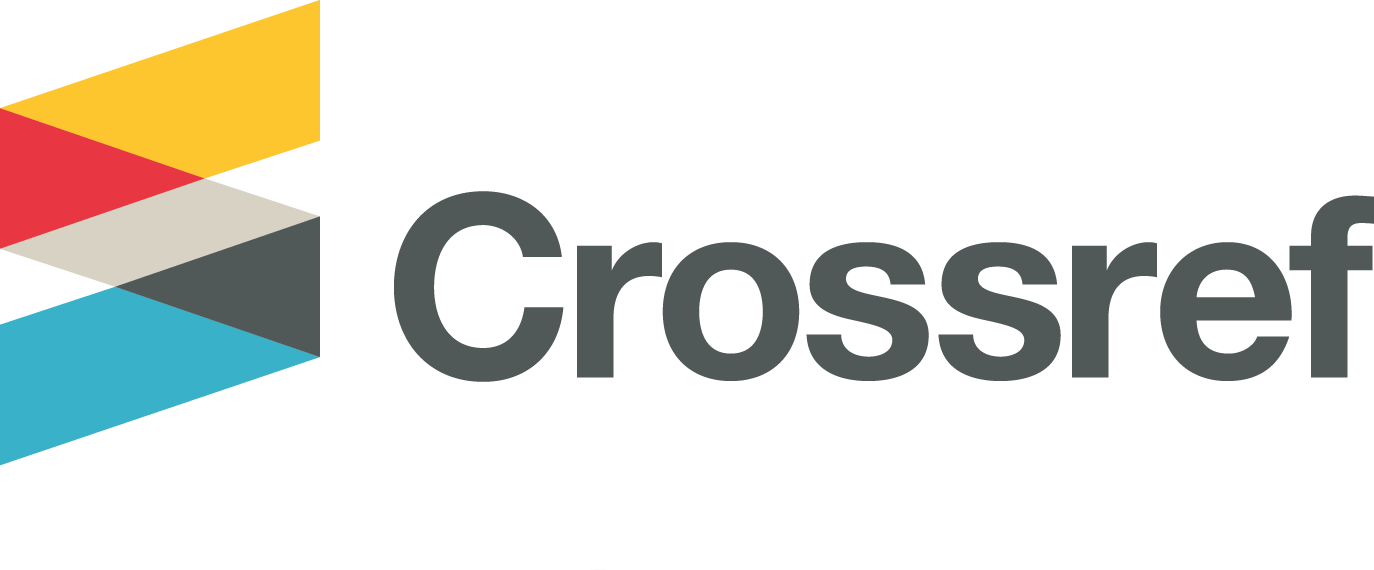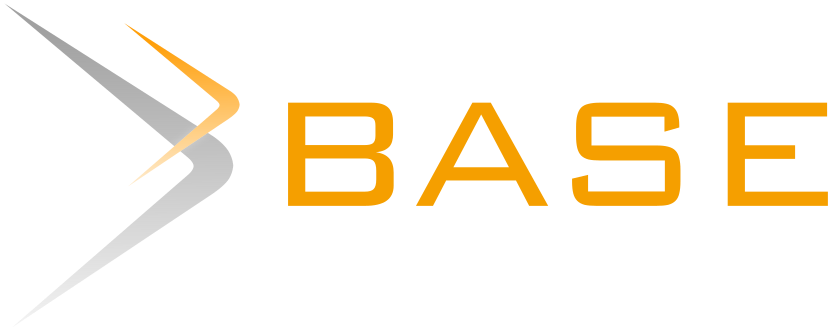Assessment of Potential Review in Organizations through HAV MATRIX
Abstract
The background of this research is the importance of Talent Management in Human Resource Management (HRM). The purpose of Talent Management is to aim at ensuring employees are placed in roles that align with their potential and capabilities (Cummings & Worley, 2015a; Mondy & Martocchio, 2016). Organizations must adopt a systematic approach to identifying employee potential as a basis for strategic decision-making, including promotions, training, and succession planning (Gibson & Mitchell, 2011; Jooss et al., 2021). Potential review serves as a relevant method for objectively assessing individual strengths and weaknesses (Ardhi & Darusmin, 2020; Munandar, 2008). This study aims to support the talent management strategy at PT Z by evaluating employee potential through the Human Asset Value (HAV) Matrix. Amid increasingly complex business dynamics, the strategic management of human resources, particularly in identifying and developing talent, has become increasingly critical. PT Z conducted individual assessments as an initial step to map employee competencies and capacities to support optimal career development planning. A mixed-method approach, comprising psychological testing and interviews, was applied to analyze the data descriptively and qualitatively, resulting in a comprehensive employee profile of an individual serving as an Assistant Analyst for Organizational Culture. The study's findings indicate that the employee possesses strong developmental potential, categorized as "promotable," with a medium performance level and optimal capacity based on the HAV Matrix assessment. These results suggest that the employee is recommended for inclusion in the company's talent pool, with strategic implications for succession planning and sustainable career development at PT Z.
Latar belakang dari penelitian ini adalah pentingnya Pengelolaan Talenta dalam Manajemen Sumber Daya Manusia (MSDM). Pengelolaan Talenta bertujuan memastikan karyawan berada pada posisi yang sesuai dengan potensi dan kapabilitasnya (Cummings & Worley, 2015b; Mondy & Martocchio, 2016b). Perusahaan perlu memiliki pendekatan yang sistematis dalam mengidentifikasi potensi karyawan sebagai dasar pengambilan keputusan strategis, seperti promosi, pelatihan, atau suksesi jabatan (Gibson & Mitchell, 2011; Jooss et al., 2021). Potential review menjadi salah satu metode yang relevan dalam mengungkap kekuatan dan kelemahan individu secara objektif (Ardhi & Darusmin, 2020; Munandar, 2008). Penelitian ini bertujuan untuk mendukung strategi manajemen talenta di PT Z dengan mengevaluasi potensi karyawan melalui Human Asset Value (HAV) Matrix. Di tengah dinamika bisnis yang semakin kompleks, pengelolaan sumber daya manusia secara strategis, khususnya dalam identifikasi dan pengembangan talenta, menjadi semakin penting. PT Z melaksanakan asesmen individual sebagai langkah awal untuk memetakan kompetensi dan kapasitas karyawan guna mendukung perencanaan pengembangan karier yang optimal. Pendekatan metode gabungan yang terdiri atas tes psikologi dan wawancara diterapkan untuk menganalisis data secara deskriptif dan kualitatif, sehingga menghasilkan profil karyawan secara komprehensif, yaitu individu yang menjabat sebagai Assistant Analyst Budaya Organisasi Temuan penelitian menunjukkan bahwa subjek memiliki potensi pengembangan yang kuat, dikategorikan sebagai "promotable" dengan tingkat kinerja sedang dan kapasitas optimal berdasarkan hasil asesmen HAV Matrix. Hasil ini mengindikasikan bahwa subjek direkomendasikan untuk dimasukkan ke dalam talent pool perusahaan, dengan implikasi strategis terhadap perencanaan suksesi dan pengembangan karier yang berkelanjutan di PT Z.
Keywords
Full Text:
FULL TEXTReferences
Agustin, R. P. (2013). Hubungan produktivitas kerja dengan pengembangan karir karyawan PT. Bank Mandiri Tarakan. Psikoborneo: Jurnal Ilmiah Psikologi, 1(4).
Anggraini, S. A., & Hapsari, M. T. B. (2023). Work commitment to contract employees in government organization komitmen kerja pada pegawai non ASN di instansi pemerintah. Jurnal Imiah Psikologi, 11(2), 174–179.
Ardhi, D. R., & Darusmin, D. F. (2020). Asesmen potential review pada karyawan rumah sakit xx dalam pengembangan sumber daya manusia di bagian penagihan. Psychopolytan : Jurnal Psikologi, 4(1), 27–38. https://doi.org/10.36341/psi.v4i1.1255
Ashurbekov, R., Chernikova, Y., & Tverdola, N. (2023). Labor potential: rules for evaluating the effectiveness of employees of the enterprise. Management of the Personnel and Intellectual Resources in Russia, 12(3), 77–79. https://doi.org/10.12737/2305-7807-2023-12-3-77-79
Beedu, G. K. (2021). A study on the effectiveness of disc personality test. (Disertasi tidak dipublikasikan). Selinus University.
Caruso, K. N. (2017). Ultimate guide to talent development using the 9 box. ViaPeople, Inc.
Church, A. H., & Silzer, R. (2016). Are we on the same wavelength? Four steps for moving from talent signals to valid talent management applications. Industrial and Organizational Psychology, 9(3), 645–654.
Collings, D. G., Mellahi, K., & Cascio, W. F. (2019). The oxford handbook of talent management. Oxford University Press.
Cummings, T. G., & Worley, C. G. (2015a). organization development and change. Cengage.
Cummings, T. G., & Worley, C. G. (2015b). Organization Development and Change. Cengage Learning.
Dias, M. de O., & Aylmer, R. (2019). behavioral event interview : sound method for indepth interviews. Oman Chapter of Arabian Journal of Business and Management Review, 8(1), 1–6. https://doi.org/10.12816/0052846
Garavan, T. N., Carbery, R., & Rock, A. (2012). Mapping talent development: definition, scope and architecture. European Journal of Training and Development, 36(1), 5–24. https://doi.org/10.1108/03090591211192601
Garrow, V., & Hirsh, W. (2008). Talent management: Issues of focus and fit. Public Personnel Management, 37(4), 389–402.
Gibson, R. L., & Mitchell, M. H. (2011). Bimbingan dan konseling. Pustaka Pelajar.
González Cánovas, A., Fernández Millán, J., Fernández Navas, M., & Sánchez Mas, V. (2020). Development of the performance-potential survey for the quantitative placement of employees on the talent matrix. Intangible Capital, 16(1), 1. https://doi.org/10.3926/ic.1362
Jooss, S., McDonnell, A., & Burbach, R. (2021). Talent designation in practice: an equation of high potential, performance and mobility. The International Journal of Human Resource Management, 32(21), 4551–4577. https://doi.org/10.1080/09585192.2019.1686651
Kathukya, C. S., Mwangi, D. C. I., & Machogu, P. C. (2022). Effect of career counselling on employee performance in murang’a water and sanitation company limited. International Journal of Management and Humanities, 8(8), 12–20. https://doi.org/10.35940/ijmh.H1460.048822
Koentjoro. (1984). Pembakuan norma tes kraepelin sebagai alat pengukur kecepatan kerja, ketelitian kerja, keajegan kerja dan ketahanan kerja pada sarjana lulusan ilmu pengetahuan sosial dan sarjana lulusan ilmu pengetahuan eksakta dan alam yang berada di Kotamadya Yogyakarta. Universitas Gadjah Mada.
Kosasih, N. (2022). Pengantar manajemen. Guepedia.
Lekiqi, B., Loku, A., & Neziraj, E. (2022). The talent management and strategic perspectives of their preoccupation and commitment in high research institutions. WSEAS Transactions on Environment and Development, 18, 1158–1173. https://doi.org/10.37394/232015.2022.18.110
Matlakala, H. N., & Bezuidenhout, A. (2024). Administrative staffs’ training needs and talent development at a Health Sciences University. SA Journal of Human Resource Management, 22. https://doi.org/10.4102/sajhrm.v22i0.2548
McClelland, D. C. (1998). identifying competencies with behavioral-event interviews. Psychological Science, 9(5), 331–339. https://doi.org/10.1111/1467-9280.00065
Mondy, R. W., & Martocchio, J. J. (2016a). Human resource management fourteenth edition global edition. Pearson Education Limited.
Mondy, R. W., & Martocchio, J. J. (2016b). Human Resource Management Fourteenth Edition Global Edition. Pearson Education Limited.
Munandar, A. S. (2008). Psikologi industri dan organisasi (1st ed.). Universitas Indonesia.
Nastiti, D. (2019). Psikologi Proyeksi (Pengantar memahami kepribadian secara akurat). Umsida Press. https://doi.org/10.21070/2019/978-623-7578-13-0
Nurazizah, H., Fitria, A., Komalasari, S., & Musfichin, M. (2024). Tes potential review pada pegawai BSPJI banjarbaru dalam pengembangan self awareness. Sasambo. Jurnal Abdimas (Journal of Community Service), 6(1), 44–52. https://doi.org/10.36312/sasambo.v6i1.1678
Porret, M. (2014). Gestión de personas. Manual para la gestión del capital humano en las organizaciones (6th ed.). ESIC.
Priscillah, W., Febriani, A., Laila, F. N., Susanti, A. Y., Wantias, I., & Paramarta, V. (2024). Proses Asesmen Komprehensif untuk Pengembangan Talenta di Organisasi. Cakrawala Repositori IMWI, 7(4), 1246–1255. https://doi.org/10.52851/cakrawala.v7i4.715
Purnama, A. N. C. (2020). Pengaruh persepsi pengembangan karir dan dukungan organisasi terhadap komitmen organisasi. Psikoborneo: Jurnal Ilmiah Psikologi, 8(2), 316–328.
Scullion, H., & Collings, D. G. (2011). Global talent management: Introduction. In global talent management.
Setyawan, J., & Paryontri, R. A. (2023). Analysis of the navy’s work stress factors in terms of perception of the physical work environment. Psikoborneo: Jurnal Ilmiah Psikologi, 11(3), 306. https://doi.org/10.30872/psikoborneo.v11i3.10776
Silzer, R., & Church, A. H. (2009). The pearls and perils of identifying potential. Industrial and Organizational Psychology, 2(4), 377–412.
Suryani, Y. E. (2018). Aplikasi rasch model dalam mengevaluasi Intelligenz Structure Test (IST). Psikohumaniora: Jurnal Penelitian Psikologi, 3(1), 73. https://doi.org/10.21580/pjpp.v3i1.2052
Widnyanadita, K. A., & Syarifah, D. (2023). 9 Box model talent management: Asesmen potential review pada karyawan bank. Psikostudia : Jurnal Psikologi, 12(1), 40–47.
Wilbers, L. (2015). An investigation into the first-order factor structure of the Personality And Preference Inventory - Normative (PAPI-N) on a relatively large south african sample. University of Stellenbosch.
DOI: http://dx.doi.org/10.30872/psikoborneo.v13i3.19291
Refbacks
- There are currently no refbacks.
Copyright (c) 2025 Suci Nugrani, Rosatyani Puspita Adiati

This work is licensed under a Creative Commons Attribution-ShareAlike 4.0 International License.
PSIKOBORNEO: Jurnal Ilmiah Psikologi Published by Faculty of Social and Political Siences, University of Mulawarman, Samarinda, East Kalimantan and This work is licensed under a Creative Commons Attribution-ShareAlike 4.0 International License.
________________________________________
PSIKOBORNEO: Jurnal Ilmiah Psikologi
Department of Psychology
Faculty of Social and Political Siences, University of Mulawarman
Jl. Muara Muntai Kampus Gn. Kelua Samarinda 75411
Phone: +62 813 35350368
E-Mail: psikoborneo@gmail.com / psikoborneo@fisip.unmul.ac.id
















